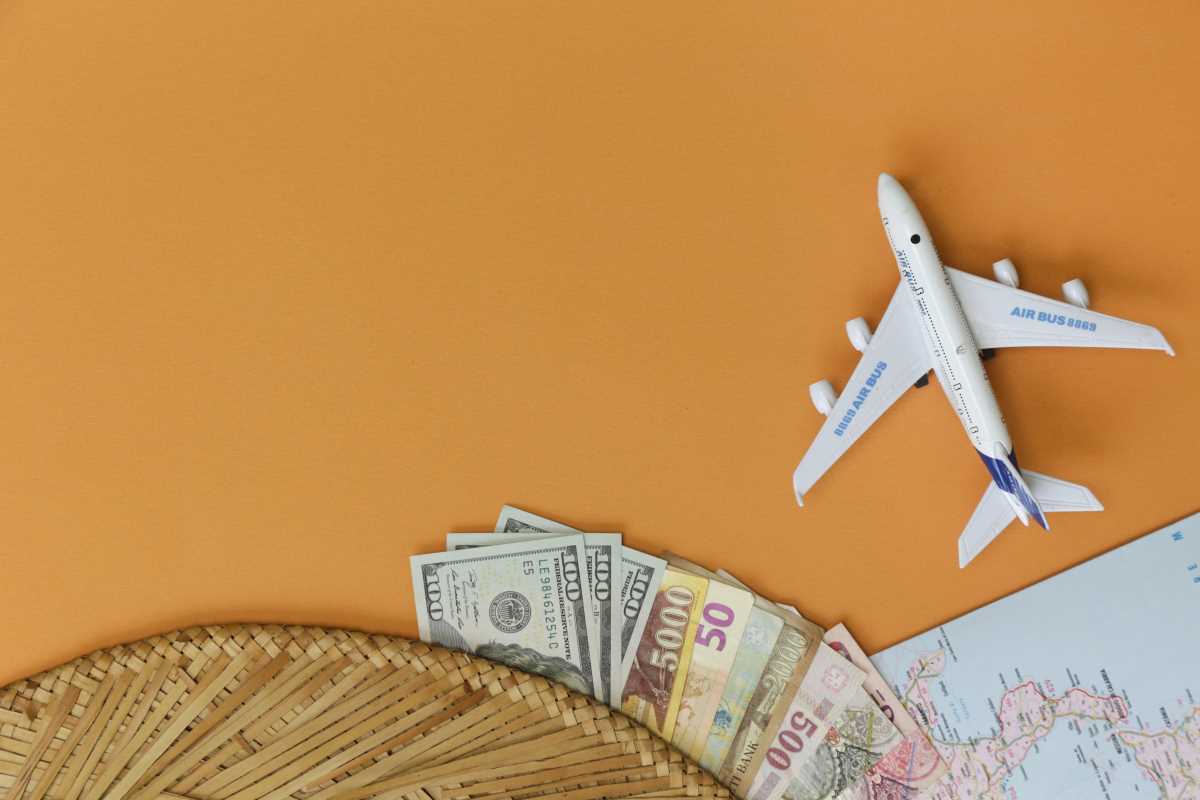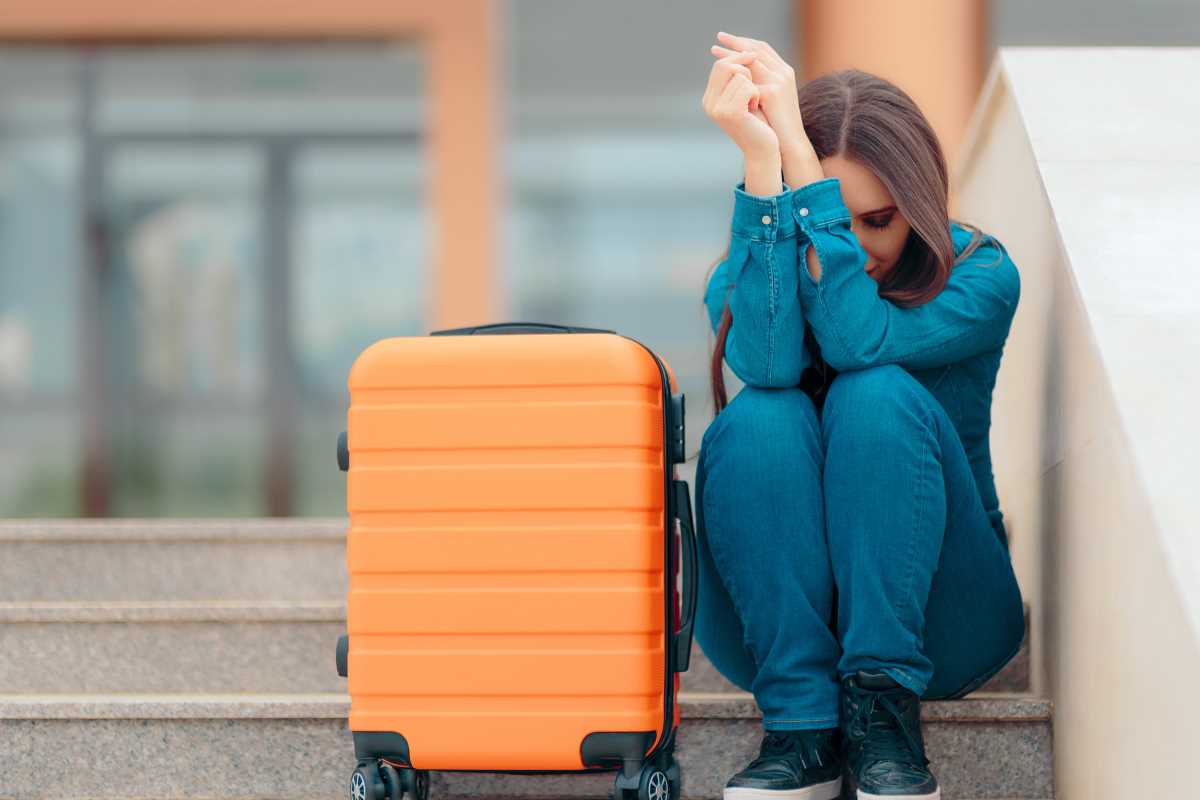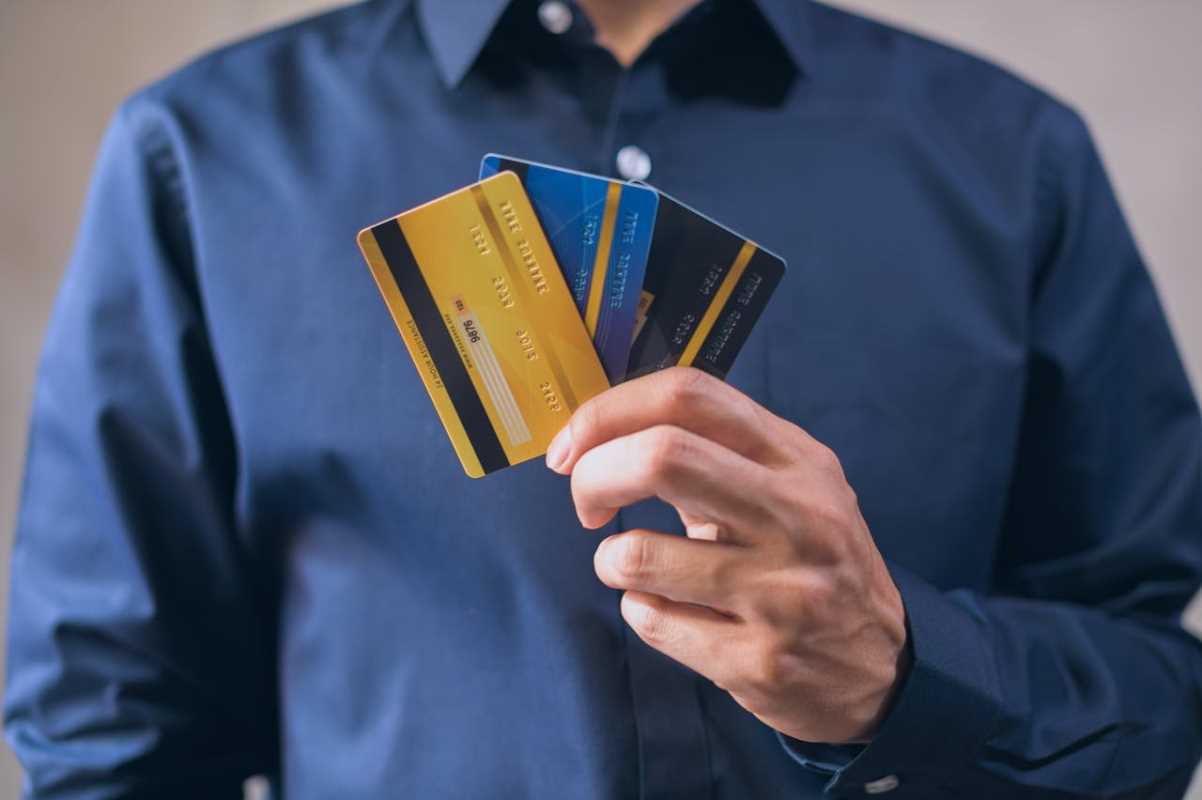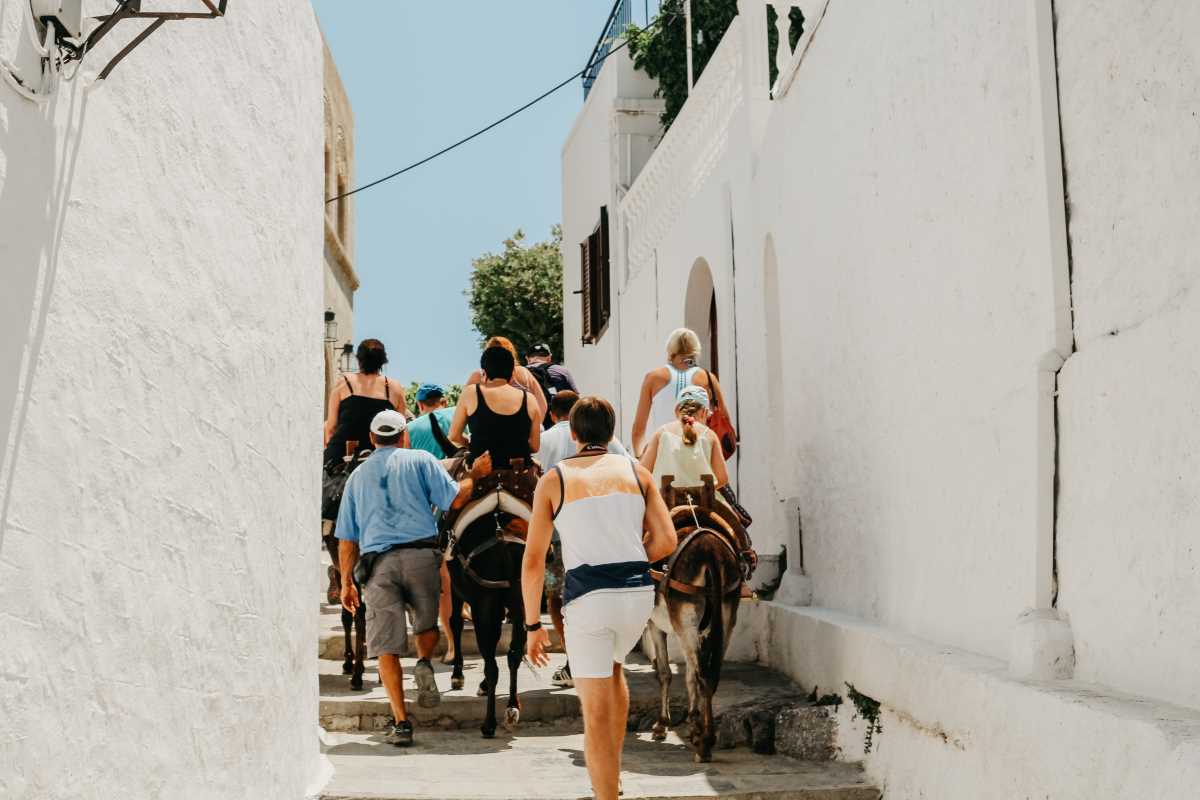Traveling to a new country is exciting, but dealing with foreign currencies? That can feel like a puzzle. You could be savoring tapas in Spain or haggling for a keepsake in Morocco, but suddenly you’re fumbling with unfamiliar coins or stressing about exchange rates. While it might seem tricky at first, handling foreign money doesn’t have to be overwhelming. By learning a few simple tips, you’ll save yourself from hefty fees and even stretch your travel budget further. Whether it’s understanding exchange rates, spotting hidden costs, or knowing when to use cash versus cards, a little knowledge goes a long way. This guide will help you travel smarter and manage your money like a pro, so you can focus on enjoying every moment of your adventure.
Why Foreign Currency Knowledge Matters
When you travel, your money is your lifeline. Understanding how foreign currency works ensures that you maximize its value. Imagine this scenario: You’ve just landed in Rome, eager to toss a coin in the Trevi Fountain. You hand over a $100 bill to exchange for euros, but the exchange company offers you a terrible rate. A lack of research could leave you paying way more than you should, cutting into your gelato budget.
Getting familiar with foreign currencies isn’t just about saving money, though. Having the right amount of cash in hand and knowing how to use local payment systems ensures your trip runs smoothly. No lengthy debates with cab drivers or awkward moments fumbling for the right coins at a bakery.
Exchange Rates 101
Exchange rates might sound complicated, but they’re just the price of one currency in terms of another. For instance, $1 USD might equal 0.92 euros. What’s important to know is that exchange rates fluctuate daily due to factors like the economy and political events.
To get the best rates, plan ahead. Apps like XE or OANDA can give you real-time exchange rates and help you calculate costs on the go. For example, if you want to buy a souvenir priced at 500 Thai Baht, you can quickly see how much that is in dollars using these tools.
Pro Tip: Avoid airport currency exchange counters. While they’re convenient, their rates are often terrible compared to banks or reputable online services.
The Cash vs. Card Debate
Should you carry cash, rely on your credit card, or use both? The answer depends on your destination and spending habits.
When to Use Cash
Some countries, especially in Asia, the Middle East, and parts of Europe, heavily rely on cash. Small, family-run restaurants, market stalls, and even some taxis might not accept cards. Many travelers recommend withdrawing some local cash from ATMs once you arrive, as street exchange services can be sketchy.
Don’t overdo it with the cash. If you lose your wallet, stolen money is hard to recover. Aim to carry only what you’ll need for a couple of days and keep the rest in a safe place.
Why You Should Love Your Card
Credit and debit cards are great for convenience, especially in big cities. They’re safer to use than cash because you can cancel them if they’re lost or stolen. Credit cards often provide better exchange rates compared to converting cash.
If your card has no foreign transaction fees, you’re golden. Some cards, like those from Capital One or Chase’s travel-focused lines, waive these fees entirely. Without one, you could easily rack up an extra 3% on every purchase abroad.
Always choose to pay in the local currency if a card machine asks. Selecting “USD” might sound handy, but businesses often use a steep exchange rate that benefits them, not you.
How to Avoid Hidden Fees
Fees have a sneaky way of adding up, whether they’re ATM charges, transaction costs, or bad exchange rates. Here’s how to dodge them.
- ATM Fees: Look for banks partnered with your home bank. Services like the Global ATM Alliance allow you to withdraw cash abroad without extra fees.
- Credit Card Charges: Get a card with no foreign transaction fees. These are specifically designed for travelers.
- Prepaid Travel Cards: These allow you to load money in a foreign currency at a locked-in rate. While they’re less common now, some people still find them useful to control spending.
Mobile Payment Options
Many countries are jumping on the digital payment bandwagon. Apps like Google Pay, Apple Pay, and contactless credit cards are widely accepted in developed areas. Some locals prefer region-specific apps like WeChat Pay in China or Paytm in India.
Before you rely solely on your phone, make sure you have reliable Wi-Fi or data abroad.
Scams to Watch Out For
Traveling is exciting, but scams happen. Staying aware ensures you don’t lose your hard-earned money.
- Fake Currency: This is more common in cash-heavy countries. Only exchange money at trusted institutions like banks.
- ATM Tampering: Use indoor ATMs attached to banks or stores to avoid being scammed by “skimming” devices.
- Dynamic Currency Conversion: Remember how we mentioned always paying in the local currency? Stores or ATMs might offer to charge you in your home currency, but the exchange rate will be heavily inflated. Politely decline.
Staying Organized
Managing money while traveling doesn’t have to be chaotic. Keep things simple with these tips:
- Use a Travel Wallet: Keep your cash, cards, and passport in a compact, secure wallet. Some even have RFID protection to prevent digital theft.
- Track Your Spending: Apps like Trail Wallet or simply using your phone’s notes app can help you keep tabs on daily expenses.
- Keep a Backup: Whether it’s an extra card, a photocopy of your passport, or emergency funds, having a backup plan will give you peace of mind.
Mastering foreign currencies might seem daunting at first, but with some preparation, it’s a breeze. Remember, the less time you spend worrying about money, the more time you’ll have for the important stuff like exploring, eating incredible food, and meeting new people.
 (Image via
(Image via





